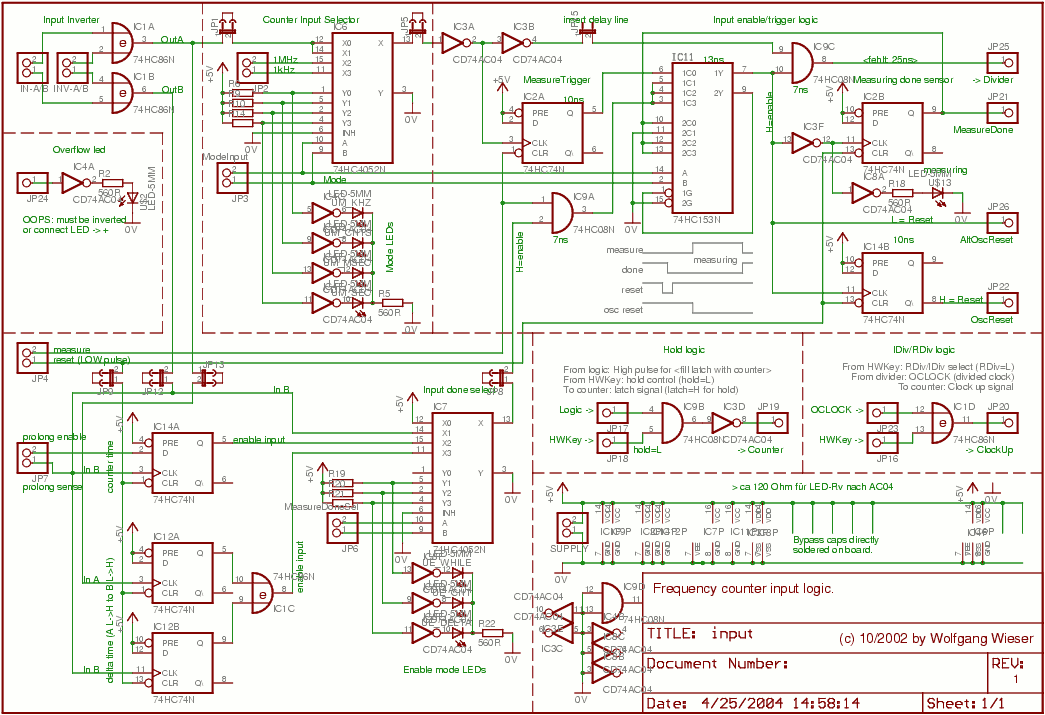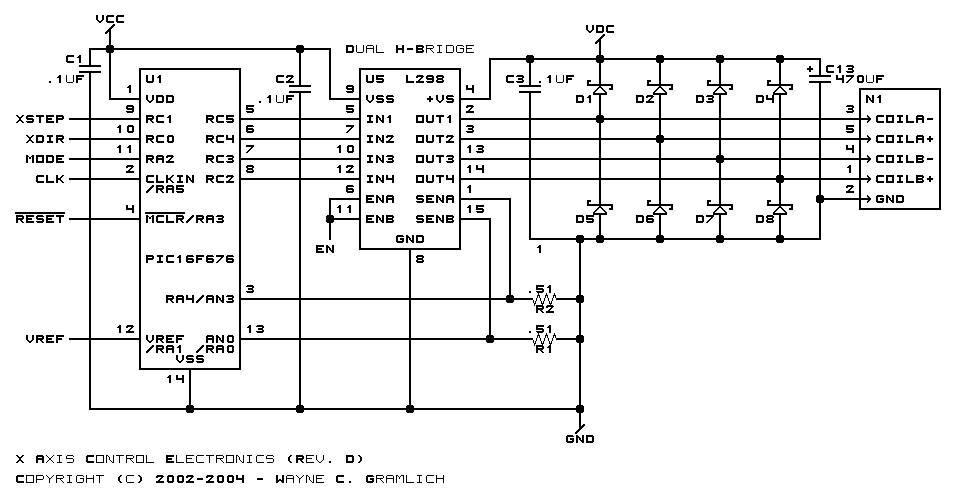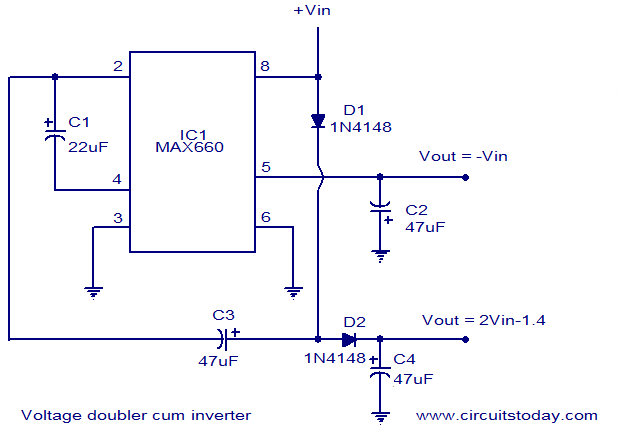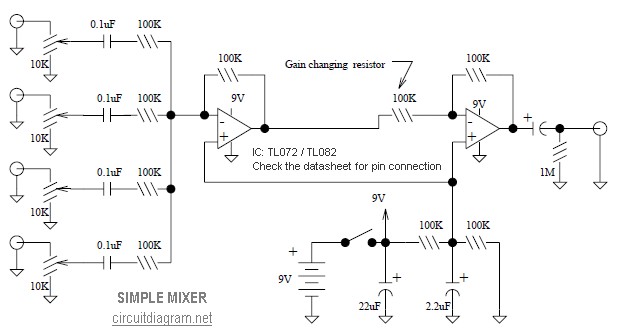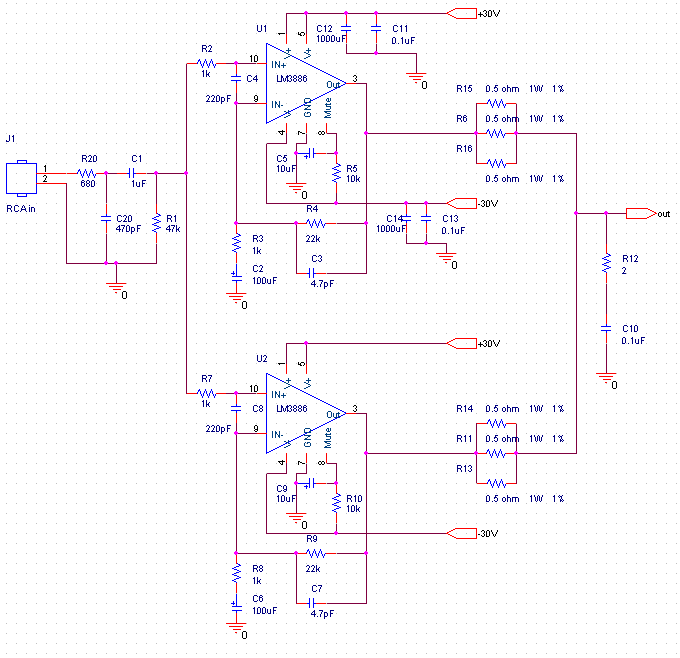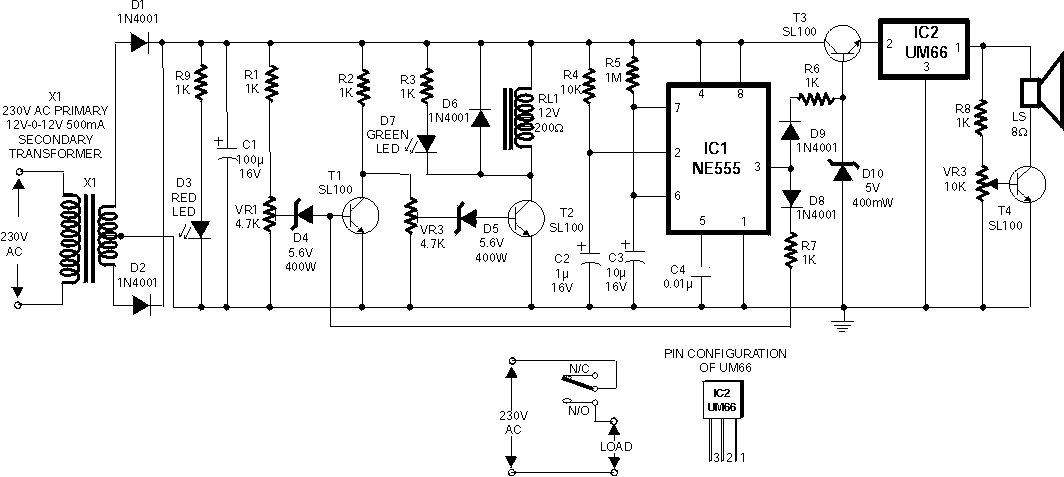
Attenuator schematic
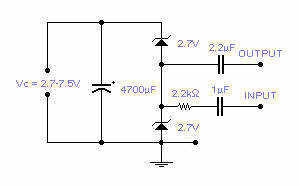
Two low voltage, low power zeners are used to control electronically the level of an audio signal. The attenuation range is from 6 to 58dB for an input current from 0.042 to 77mA corresponding to a control voltage from 2.7 to 7.5V. If control voltage is limited to 5V, the attenuation is around 30dB at a control current of 2mA. This is not a HiFi attenuator but might come useful as a general purpose audio attenuator.
The described circuit utilizes two low voltage, low power Zener diodes to achieve electronic control over the audio signal level. The design allows for a variable attenuation range, which is beneficial in applications where signal level adjustment is required without introducing significant distortion or noise. The attenuation is specified to range from 6 dB to 58 dB, which provides a versatile solution for various audio signal processing needs.
The operation of the circuit is dependent on the input current, which ranges from 0.042 mA to 77 mA. This range correlates with the control voltage applied across the Zener diodes, spanning from 2.7 V to 7.5 V. The Zener diodes are selected for their low power characteristics, ensuring minimal power loss and heat generation during operation. When the control voltage is constrained to 5 V, the circuit is capable of achieving an attenuation of approximately 30 dB at a control current of 2 mA. This specific operating point may be useful in applications where a moderate level of attenuation is required and where the control voltage is limited.
While this circuit is not classified as a high-fidelity (HiFi) attenuator, it serves as a practical solution for general-purpose audio attenuation. The simplicity of the design, combined with the range of attenuation options, makes it suitable for various audio applications, including mixing consoles, sound reinforcement systems, and consumer audio devices. The implementation of Zener diodes in this configuration highlights their effectiveness in providing reliable and consistent performance in audio signal processing.Two low voltage, low power zeners are used to control electronically the level of an audio signal. The attenuation range is from 6 to 58dB for an input current from 0.042 to 77mA corresponding to a control voltage from 2.7 to 7.5V. If control voltage is limited to 5V, the attenuation is around 30dB at a control current of 2mA. This is not an HiFi attenuator but might come useful as a general purpose audio attenuator. 🔗 External reference
The described circuit utilizes two low voltage, low power Zener diodes to achieve electronic control over the audio signal level. The design allows for a variable attenuation range, which is beneficial in applications where signal level adjustment is required without introducing significant distortion or noise. The attenuation is specified to range from 6 dB to 58 dB, which provides a versatile solution for various audio signal processing needs.
The operation of the circuit is dependent on the input current, which ranges from 0.042 mA to 77 mA. This range correlates with the control voltage applied across the Zener diodes, spanning from 2.7 V to 7.5 V. The Zener diodes are selected for their low power characteristics, ensuring minimal power loss and heat generation during operation. When the control voltage is constrained to 5 V, the circuit is capable of achieving an attenuation of approximately 30 dB at a control current of 2 mA. This specific operating point may be useful in applications where a moderate level of attenuation is required and where the control voltage is limited.
While this circuit is not classified as a high-fidelity (HiFi) attenuator, it serves as a practical solution for general-purpose audio attenuation. The simplicity of the design, combined with the range of attenuation options, makes it suitable for various audio applications, including mixing consoles, sound reinforcement systems, and consumer audio devices. The implementation of Zener diodes in this configuration highlights their effectiveness in providing reliable and consistent performance in audio signal processing.Two low voltage, low power zeners are used to control electronically the level of an audio signal. The attenuation range is from 6 to 58dB for an input current from 0.042 to 77mA corresponding to a control voltage from 2.7 to 7.5V. If control voltage is limited to 5V, the attenuation is around 30dB at a control current of 2mA. This is not an HiFi attenuator but might come useful as a general purpose audio attenuator. 🔗 External reference
